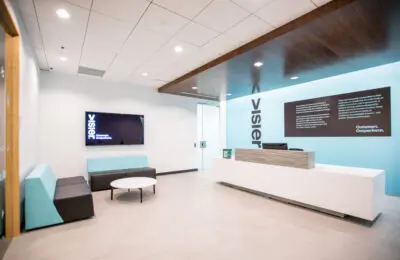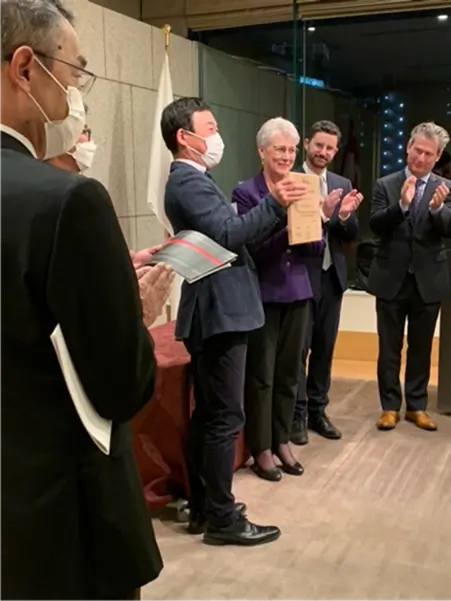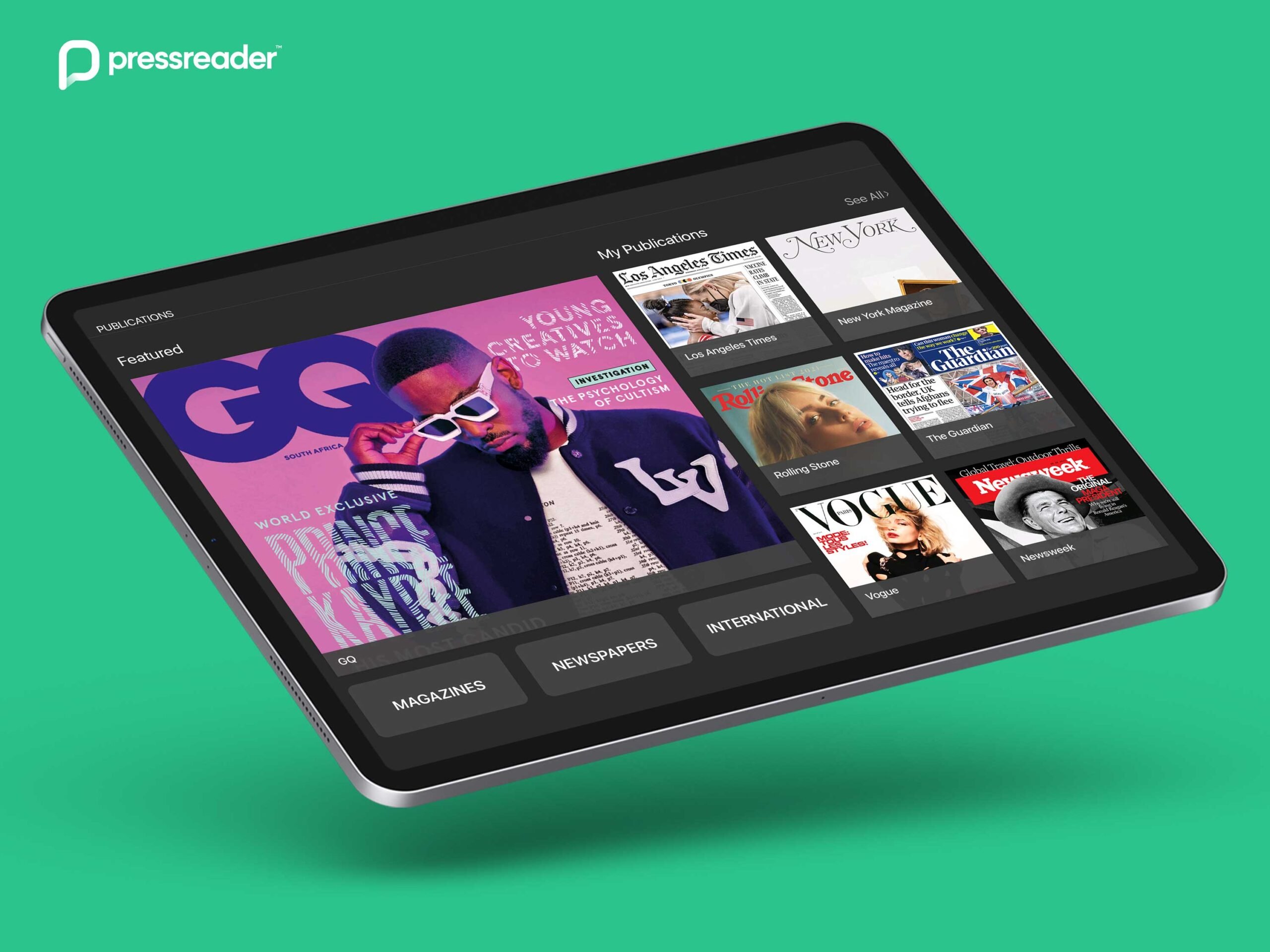Transforming Reality
In the 1980s, Carl Sagan, a celebrated astronomer and astrophysicist, invited television viewers aboard his Spaceship of the Imagination, where he piloted them across the universe and to galaxies far away. Cosmos: A Personal Journey, his award-winning series, fascinated television viewers with powerful and realistic visualizations and vivid and emotional tales of human trials and adventures. Sagan was a great storyteller, but he also seemed to understand how he could use analog television to enhance the way people learned and made complex science and physics engaging and relatable. We could argue that this thirteen-part television series, a celebrated work of popular science, was a glimpse into the future and how people would experience the world and use technology to learn. Fast forward a few decades and British Columbia is at the forefront of future tech, leading the way with virtual and augmented reality.
Technology has changed a lot since the days of analog television. Today’s mobile devices, laptops and personal computers offer convenient technology. Users can search, click, comment and observe videos and visuals and communicate with peers worldwide. The sound and emotion portrayed on flat two-dimensional screen transports users farther away from their physical world.
Virtual reality (VR) and augmented reality (AR) technologies were first developed in the 1960s but are undergoing a radical evolution and are an essential step in the progress of computing. VR/AR are changing how users engage with the world through an immersive experience and rich physical interaction that can’t be experienced on a two-dimensional screen. In real-time, VR/AR users can explore, see, hear, shape, feel and connect with the rich physical space surrounding them.
VR and AR each take a slightly different approach, although both use electronic equipment fitted with sensors, such as a helmet and goggles. In VR, the user experiences a new, computer-generated, three-dimensional, simulated environment where they can interact believably with that digital world’s elements. AR does just what it sounds like; it augments the user’s reality, adding new computer-generated, three-dimensional digital layers to the user’s existing physical environment. The individual can explore, shape, reshape and interact with this augmented reality.
VR/AR is transforming the gaming and entertainment industry, but the potential to make a positive societal impact that goes far beyond entertainment.
VR/AR technology is valuable for a broad range of uses, such as a tool for training, education and research. VR/AR tools offer learners new perspectives. They can gain practical experience for rare, dangerous or difficult to replicate scenarios, using sensitive equipment, simulating difficult or hazardous situations such as surgery, emergency response, flight, defence, or scientific research. VR/AR offers a memorable and hands-on experience in a low-risk and immersive environment where they can learn, try scenarios, practice and test in virtual environments without the risk to their physical safety or costly equipment.
VR/AR is a rapidly emerging sector that promises lucrative economic benefits. In the 2019 Price Waterhouse Cooper report titled Seeing is believing, economists estimated that VR/AR’s contribution to the global economy will increase from $46.4 billion to $1.5 trillion over the next ten years (AR $1,092.4 billion, VR $450.5 billion).
British Columbia (B.C.), particularly the city of Vancouver, is home to a young and growing VR/AR sector with more than 200 VR/AR companies with diverse involvement in VR/AR application in sectors including health and medical devices, tourism, real estate, games and entertainment, aerospace, defence, natural resources, transportation, arts and culture and more.
Most of B.C.’s VR/AR companies were founded in the past ten years, while some with a longer history pivoted to VR/AR from other technologies. Reality Check: Vancouver and BC’s VR/AR Ecosystem, a 2020 report published by the Vancouver Economic Commission, reveals that while many of B.C.’s VR/AR companies are young or start-ups, most are making significant investments in research and development to realize their growth potential from commercialization and research. B.C. companies expect to reach an average of 44 per cent growth rate for full-time jobs over the next year, and 92 per cent expect to expand their operation over the next two years. Revenue earned from international markets accounts for 51 per cent of revenues. Geographically there is a broad base of investors interested in B.C.’s VR/AR companies, with many investors from inside and outside the province and foreign investment accounting for 53 per cent of the total.
Connect with a British Columbia Trade and Investment representative near you to learn about B.C.’s growing VR/AR sector or opportunities for trade and investment.
Learn more about B.C.’s reputation for technology innovation and investment opportunities. Follow us on Twitter and LinkedIn to stay current with trade and investment news and opportunities.
Related News
We Can Help
Trade and Invest BC helps facilitate foreign direct investment and has Trade and Investment Representatives in markets around the world. Contact the representative nearest you for support in investing in British Columbia.





